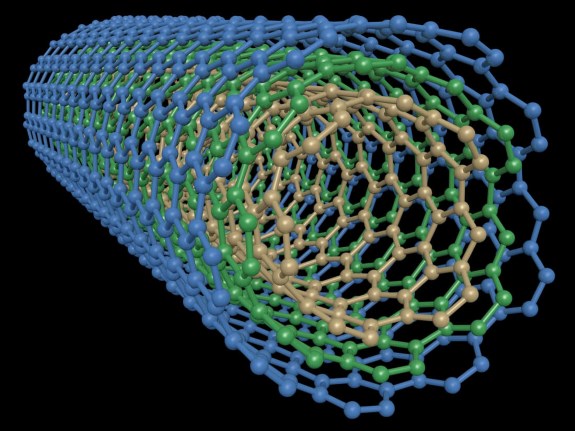
Posted on Monday, July 10 2017 @ 13:01 CEST by Thomas De Maesschalck
Researchers from Stanford University and MIT created a carbon nanotube (CNT) based 3D computer chip that eliminates the need for a bus by integrated RAM into the CPU. The experimental CNT chip is the most complex nanoelectronic system ever made and it is capable or running software, a basic multi-task operating system, and performing MIPS instructions.
The problem facing engineers today is not so much one of how to increase processing power or storage capacity as it is one of how to pass large volumes of data back and forth. The fastest CPU and RAM is still only as fast as the bus. While advancements in processors and memory are still being made, communication between the two is a looming limitation. As the volume of data that needs to be processed increases (think 4K+ video), the more congested the lines of communication become. So processing speed will eventually become hampered by the physical limitations of parallel communication.
Using the lab's limited production capabilities, they created a CNT chip with 1 million RRAM cells and 2 million carbon nanotube field-effect transistors (CNFET). Further details can be read
at TechSpot.

